The spread of invasive species is a major factor contributing to undesirable landscape level change and ecosystem instability in national parks. The National Park Service (NPS) is working to manage invasive species in park units through a suite of national and local programs.
As of 2022, there were over 2.6 million acres of national park units infested with invasive plants, of which only approximately 57,000 acres are controlled, in which invasive plant infestations have been reduced to a level that can be maintained by park staff.
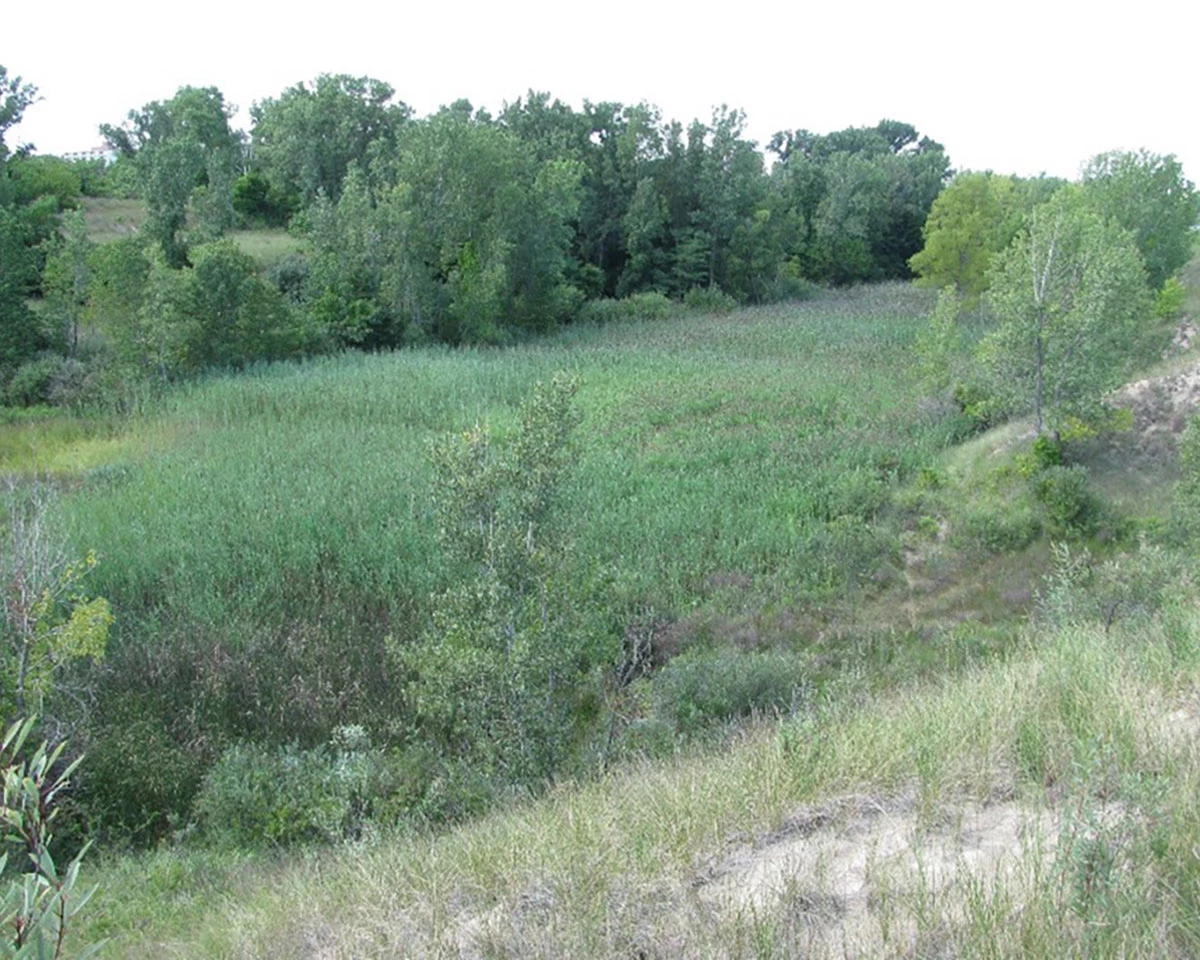
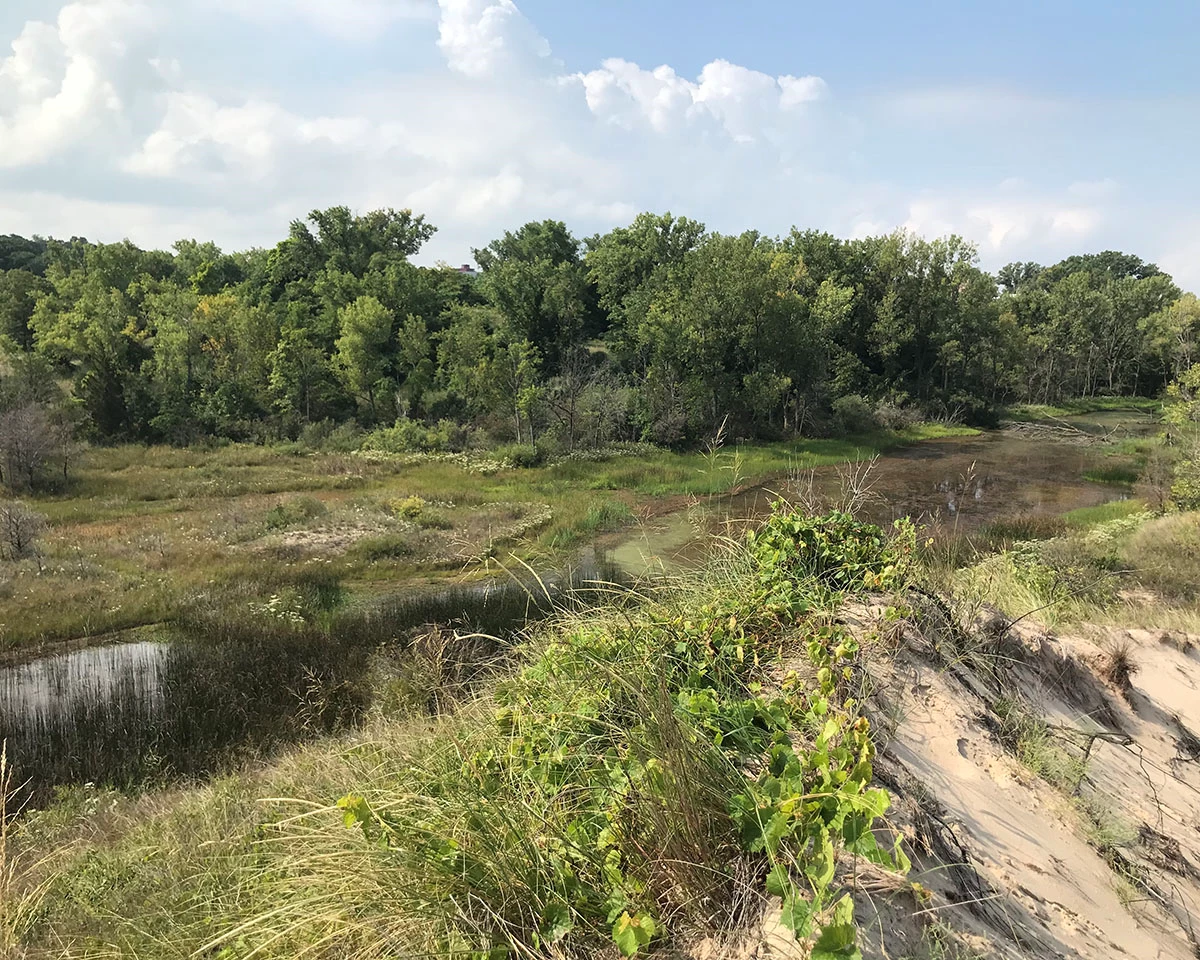
Left image
Large patch of Phragmites in a West Beach panne at Indiana Dunes National Park in 2009.
Right image
The same site after restoration in 2022, the Phragmites has been successfully removed and replaced with native species.
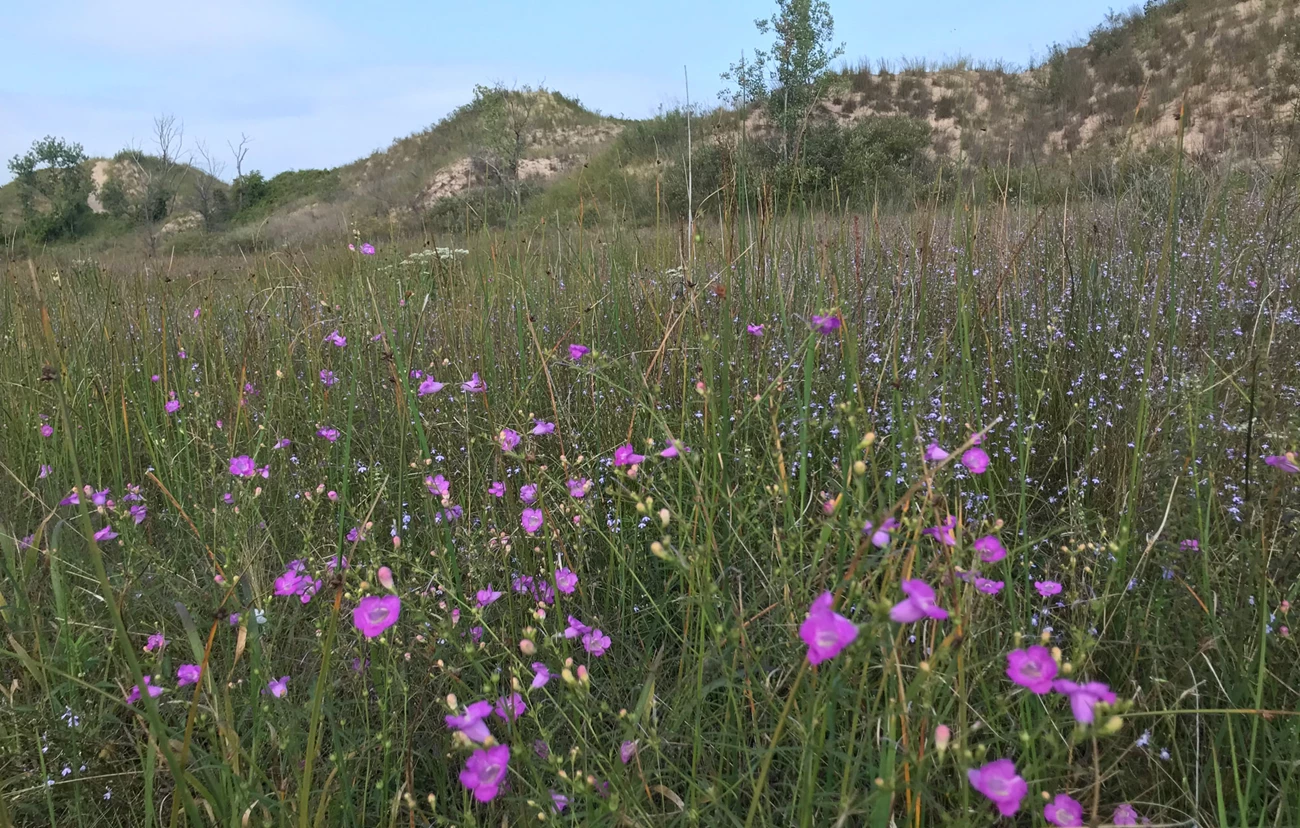
NPS Photo
Learn about Invasive Plants
-
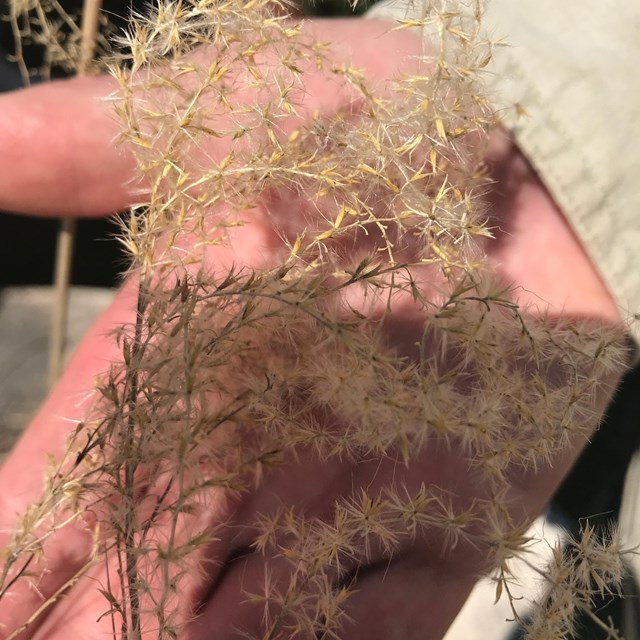 Managing Invasive Plants
Managing Invasive PlantsThe National Park Service uses a variety of strategies to manage invasive plants.
-
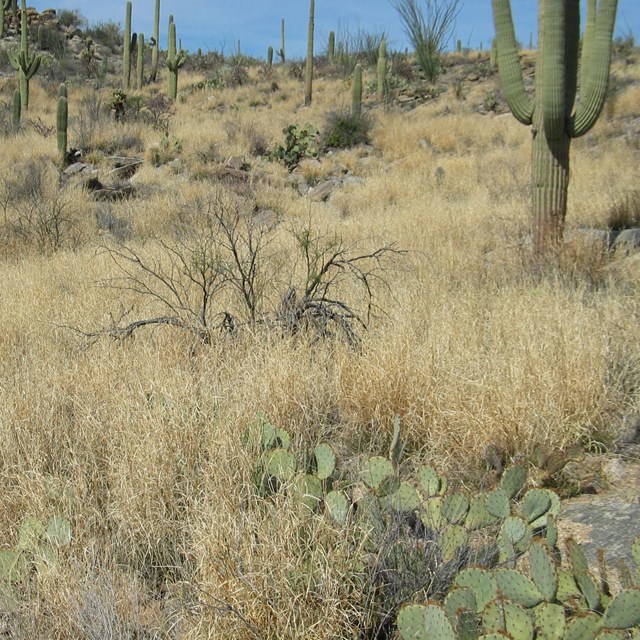 Invasive Plants of Concern
Invasive Plants of ConcernLearn about priority invasive plants in national parks.
-
 Prevent
PreventPrevent invasive species from even entering national parks.
Learn About Work in Parks
-
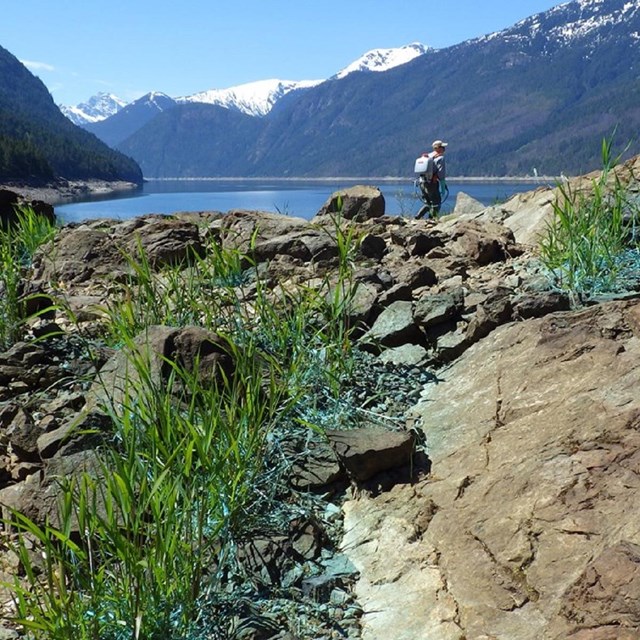 IPMT Annual Reports
IPMT Annual ReportsSee the great work that IPMTs do throughout the year.
-
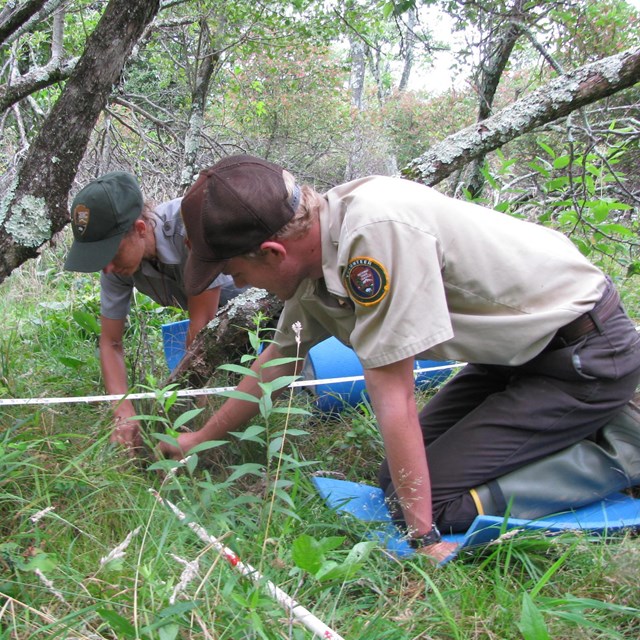 Work in Parks
Work in ParksThe best strategies for treating invasive plants depend on the ecosystem they're in.
-
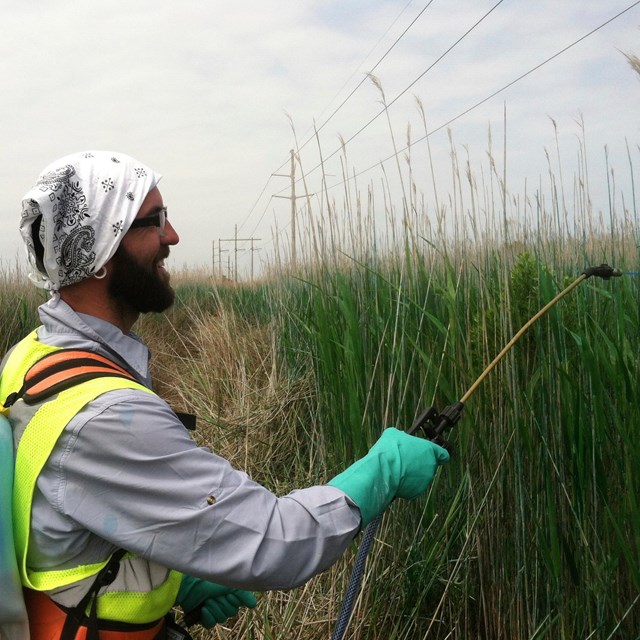 Invasive species success stories
Invasive species success storiesWith the hard work of park staff and your help, success is possible!
Last updated: May 31, 2023
